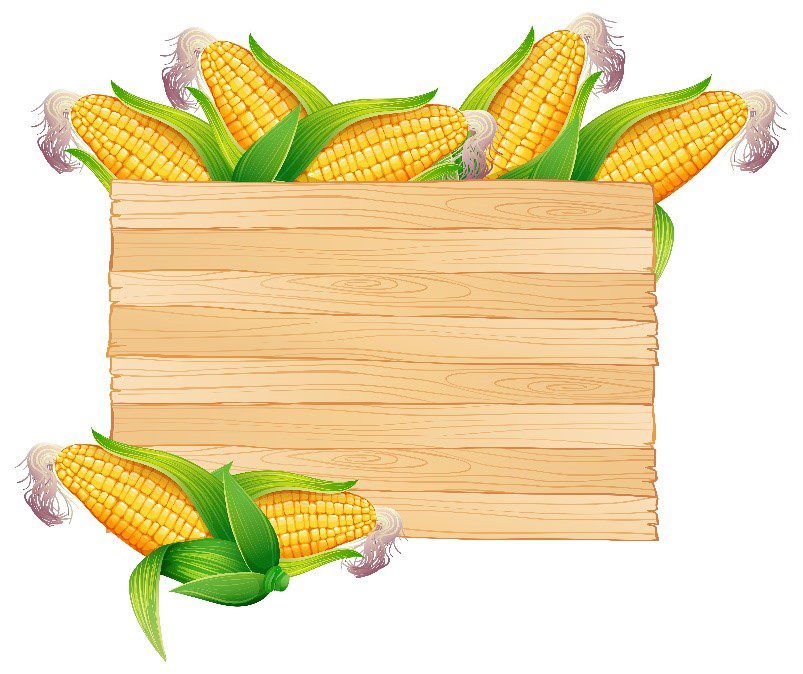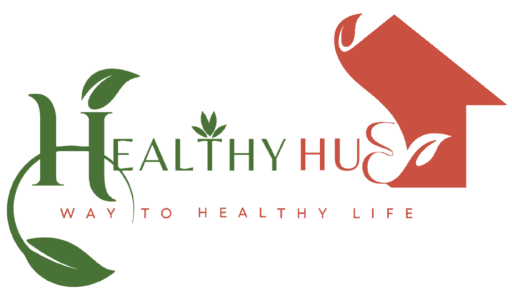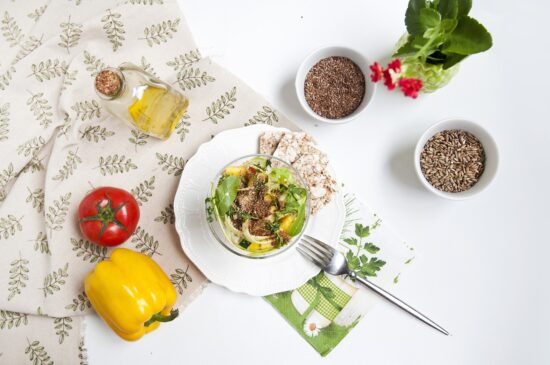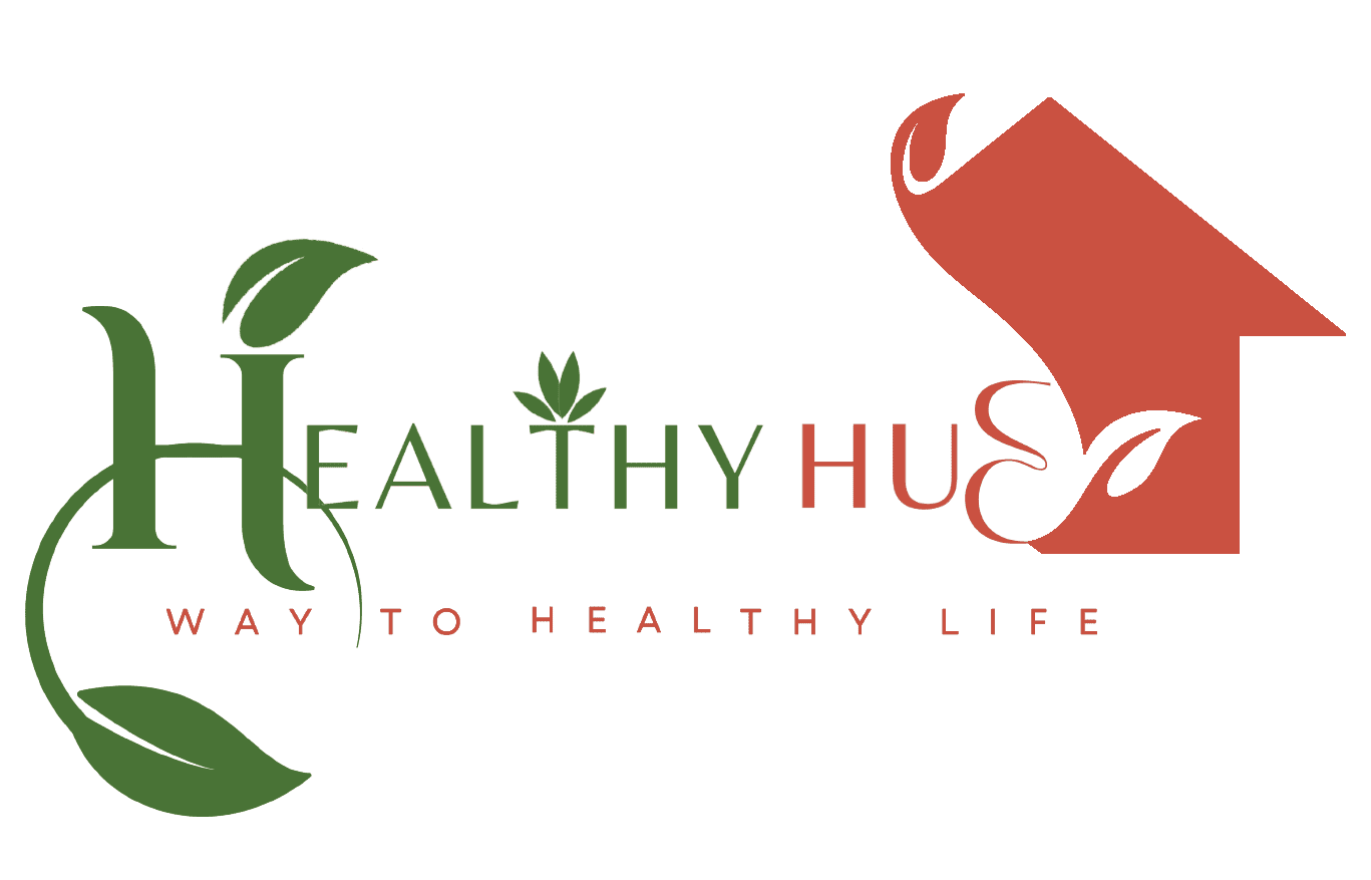
Adding Corn To Your Diet!
You all must have eaten corn. Wait! Can’t you recall?
Well, let us remind you. Corn is the grain that makes our favorite snacks. Pop it, and you have the perfect snack for movies: popcorn. Grind it, knead it, and make tortillas or crackers. Also, you can boil it too; just season it and have perfect sweet corns to munch on.
What is a Corn?
Corn, scientifically known as Zea mays, is a cereal grain that has been cultivated for thousands of years. It is believed to have originated in what is now modern-day Mexico and was a dietary staple for ancient civilizations like the Maya and Aztecs.
What makes corn unique is its adaptability. It can be grown in a variety of climates and soils, making it one of the most widely cultivated grains globally. Corn comes in a range of colors, including yellow, white, and even blue, each with its unique flavor and uses.
Corn, also known as maize, is a starchy grain considered a vegetable when kernels are on the cob and grain when kernels are separated from the cob. It is a staple diet and part of daily meals, sometimes as a side dish and sometimes as a part of the main course recipe.
But adding corn to your diet is beneficial for your healthy lifestyle or ???

Different Types of Corns
There are many different types of corn, but here are four of the most common:
- Sweet corn: that is commonly eaten as a vegetable. It is harvested when the kernels are still immature and sweet, and is usually boiled or grilled and served as a side dish.
- Field corn: is grown to feed livestock and is also used to make various processed foods like cornmeal, corn syrup, and corn starch. It is also called “dent corn”.
- Popcorn: It has a hard outer shell that traps steam inside when heated, causing the kernel to pop.
- Flint corn: has a hard outer shell and is often used for decorative purposes, such as in corn husk dolls. It is also used to make cornmeal.
But here our concern is something else. Many people consider corn unhealthy due to its sweetness and starchy content but actually, corn is very healthy and offers a great variety of benefits to our body.
The History of Corn
Corn has a rich history dating back thousands of years. Native Americans were the first to cultivate and domesticate this versatile grain. When European settlers arrived in the Americas, they were introduced to corn, and it quickly became a vital part of their diet. Over time, corn spread worldwide, becoming a staple in many cuisines.
Cultivating Corn
Growing corn isn’t overly complicated, which is why it’s a popular choice for home gardeners and commercial farmers alike. To cultivate corn, you’ll need the following:
- Adequate sunlight: Corn requires at least six hours of direct sunlight daily.
- Well-drained soil: Make sure the soil drains well to prevent waterlogged roots.
- Planting in rows: Corn should be planted in rows to ensure proper pollination.
- Regular watering: Keep the soil consistently moist, especially during dry spells.
Harvesting Corn
The timing of harvesting corn is crucial to ensure the best flavor and texture. Corn is ready to be harvested when the kernels are plump and milky. You can test this by puncturing a kernel with your fingernail; if a milky substance squirts out, it’s time to harvest.
HEALTH BENEFITS OF CORN
just adding corn to your diet can improve your health in many ways but how? Let’s find out.
MAINTAINS GUT HEALTH
If you are choosing corn-based products, rather than processed flour-based products, then you are definitely going to have a healthy gut. Corn is rich in fibers which makes you full, lowers cholesterol levels, improves digestion, and feeds good bacteria, which may help protect against colon cancer. It has been found that a single ear of corn contains about 3.6g of fiber, which makes 145 f the recommended daily dietary intake.
GREAT SOURCE OF NUTRITION
Corn is a rich source of vitamins like A, B, and E. It is also full of minerals such as potassium, magnesium, and phosphorus. This is the reason that corn helps to maintain healthy bones, immune systems, and skin.
REDUCES RISK OF CHRONIC DISEASES
Along with vitamins and minerals, corn is also rich in antioxidants like vitamin C, which reduces inflammation and provides protection against chronic diseases such as cancer and heart diseases. It has been found that corn also maintains eye health as it contains carotenoids, lutein, and zeaxanthin which prevents lens damage that can lead to cataracts. So we can say that corn may delay cataract onset.
Nutritional Value of Corn
Corn is not only delicious but also nutritious. It’s a good source of dietary fiber, vitamins, and minerals. A 1-cup serving of cooked corn provides:
- Calories: 177
- Carbohydrates: 41 grams
- Protein: 5 grams
- Fiber: 4.5 grams
- Vitamin C: 10% of the daily recommended intake
- Folate: 19% of the daily recommended intake
- Potassium: 10% of the daily recommended intake
RISKS ASSOCIATED WITH ADDING CORN TO YOUR DIET


Although!
corn is a safe food staple, there are certain groups of people who have to monitor their portion size of corn.
Corn is starchy which means it is full of sugar and carbohydrates that can cause an increase in the blood sugar level. adding corn to your diet is still a healthy food if you don’t overdo it. So, if you have diabetes, don’t worry, you can still eat corn but watch your portion size.
It has been found that corn can flare up inflammation in people with Irritable Bowel Syndrome (IBS) and can also cause issues in people with celiac disease- a disease that causes an autoimmune response when you eat any kind of gluten.

How to Make Corn Flour
Corn flour is a versatile ingredient used in a wide range of recipes, from baking to making thickening agents for sauces. Here’s how you can make it at home:
- Selecting: Start by choosing mature, dried corn kernels. Dent corn is an excellent choice for making corn flour.
- Cleaning: Remove any dirt or debris from the corn kernels and rinse them thoroughly.
- Drying: Spread the cleaned corn kernels on a baking sheet and let them dry completely. This can take a few days.
- Grinding: Once the corn is fully dried, use a grain mill or a high-powered blender to grind the kernels into a fine powder.
- Sifting: To achieve a smooth texture, sift the ground corn flour through a fine mesh sieve to remove any remaining coarse particles.
- Storing: Store your freshly made corn flour in an airtight container in a cool, dry place.
How To Use Corn Flour
Corn flour has a wide range of culinary applications, making it a valuable ingredient in any kitchen. Some common uses include:
- Baking: Corn flour is often used in gluten-free baking to create delicate textures in cakes, muffins, and bread.
- Thickening Agent: It’s an excellent thickening agent for sauces, gravies, and soups.
- Coating for Fried Foods: Corn flour creates a crispy, golden coating for fried foods like chicken and vegetables.
- Tortillas and Tamales: Corn flour is a key ingredient in making tortillas and tamales in Mexican cuisine.
- Desserts: It’s used to make traditional desserts like cornbread and corn pudding.
It can be concluded that adding corn to your diet is a healthy way that you can enjoy without worrying about side effects but watch out for your portion size if you are at risk. Otherwise, enjoy your movie night with a bowl of popcorn!
Also if you want to find some healthy recipes FOR adding corn to your diet then the healthy hub is there for you.





